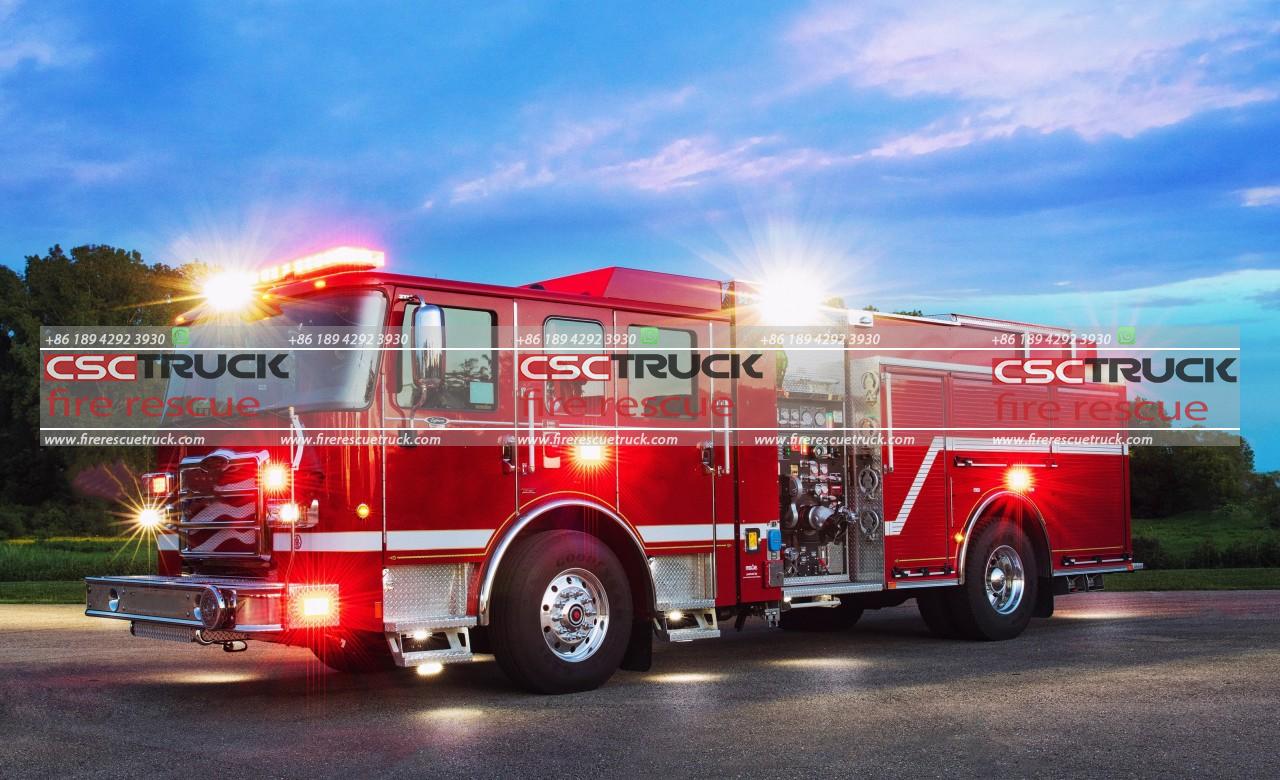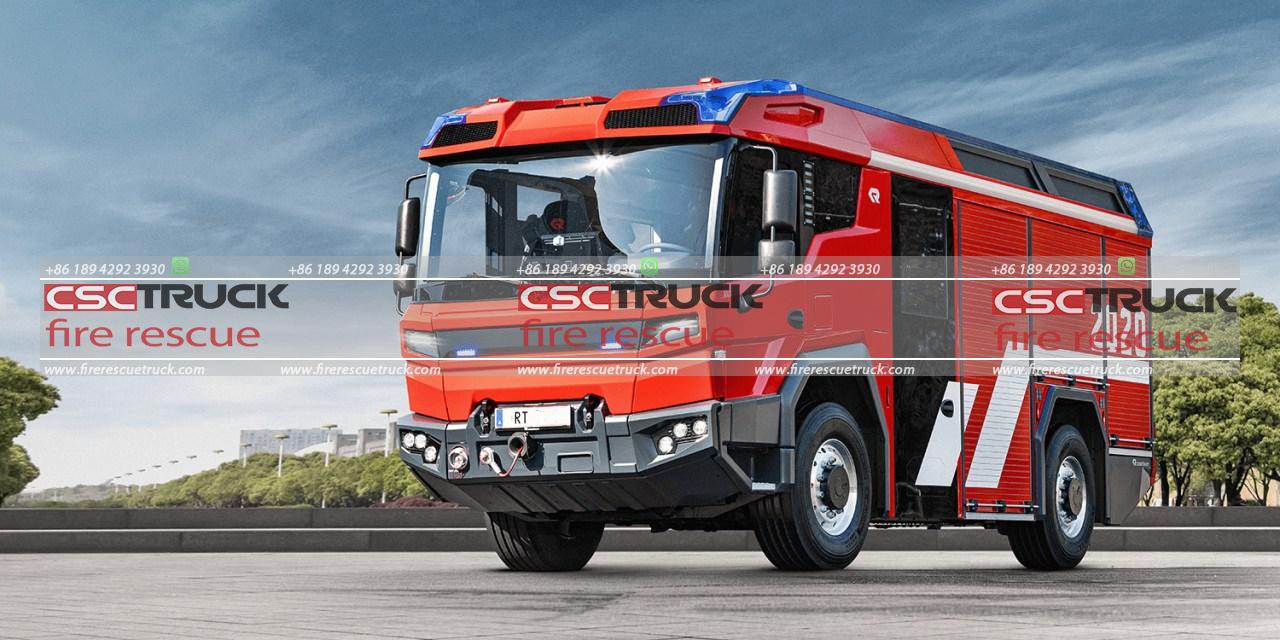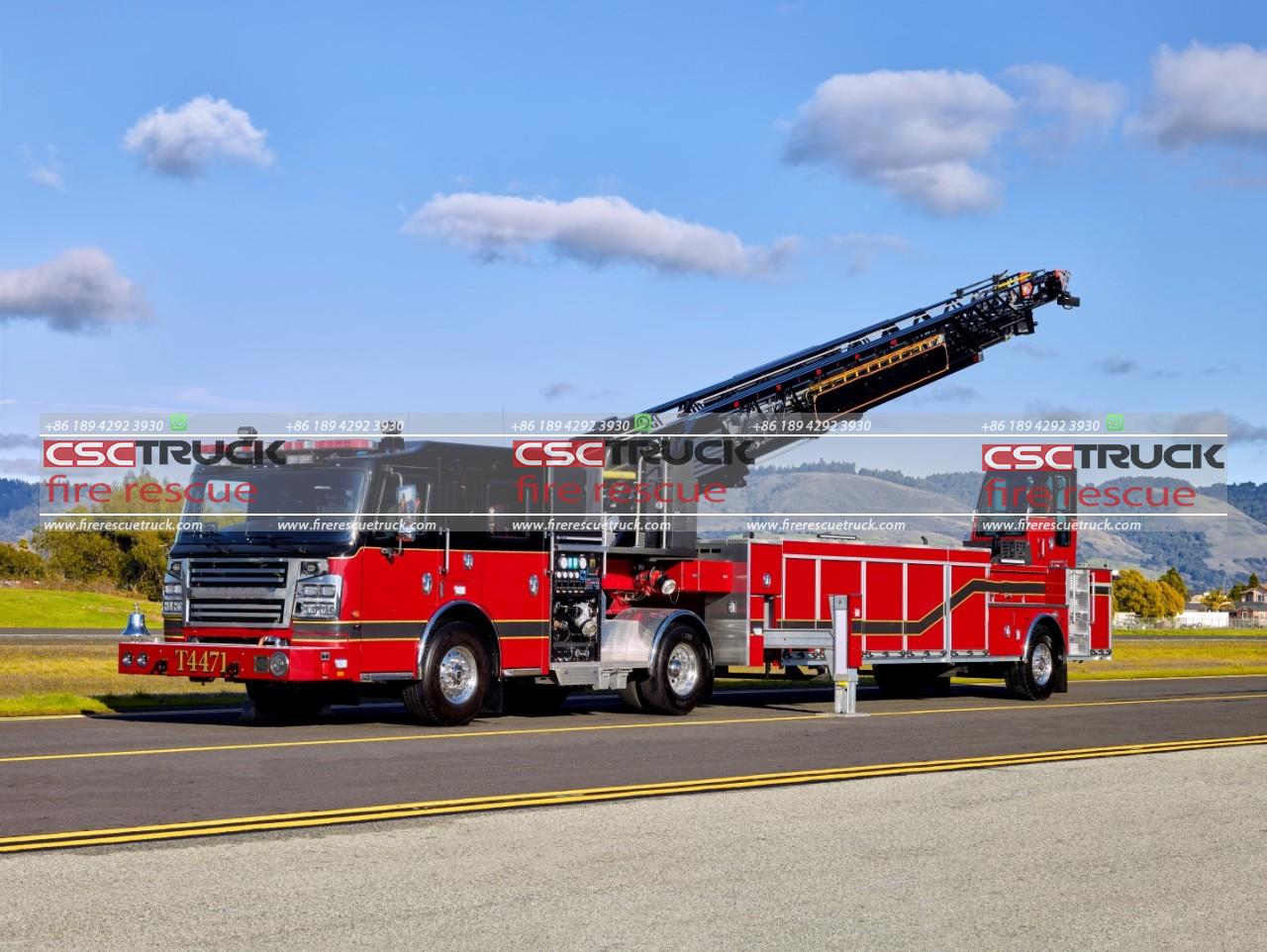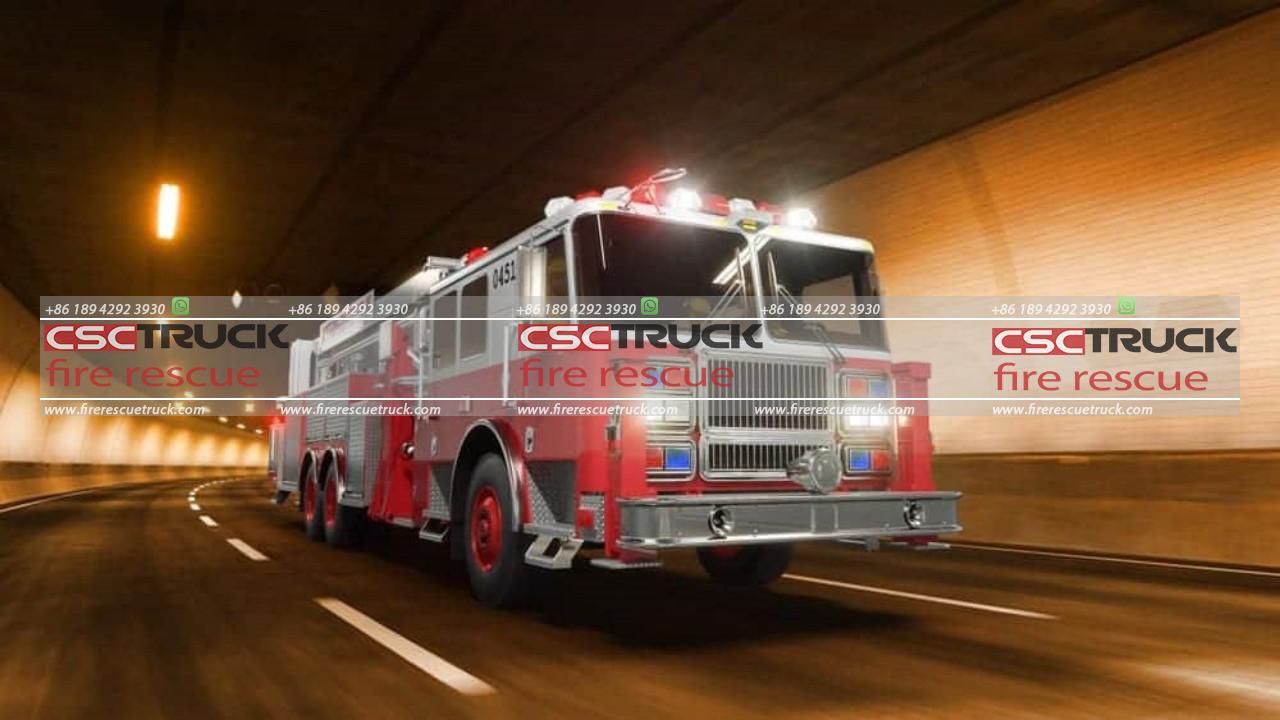Introduction
In the event of a fire emergency, the fire engine vehicle becomes the frontline defender, battling the flames and ensuring the safety of lives and property. Fire engines, also known as fire trucks or fire apparatus, are purpose-built vehicles designed to assist firefighters in their vital role of extinguishing fires. Equipped with an array of specialized tools and equipment, fire engines are indispensable assets in firefighting operations. This article will delve into the functions and uses of a fire engine vehicle, exploring their essential features and highlighting their significance in safeguarding communities.
1. Fire Suppression
The primary function of a fire engine vehicle is to suppress fires effectively and efficiently. Fire engines are equipped with large water tanks that can hold several hundred to thousands of gallons of water. These tanks are connected to powerful pumps capable of delivering water at high pressure through hoses and nozzles. Firefighters utilize this water supply to extinguish fires by spraying water directly onto the flames. In situations where the water supply is limited, fire engines can also transport and supply water to the fire scene, ensuring a continuous flow to suppress the fire.
2. Equipment and Tools
Fire engines carry an extensive array of specialized equipment and tools to support firefighting operations. These include:
a) Fire Hoses and Nozzles: Fire engines carry a variety of hoses and nozzles of different sizes and types. These hoses are connected to the water supply and are used to deliver water to the fire. Nozzles can be adjusted to control the water flow and spray pattern, allowing firefighters to adapt to different fire scenarios.
b) Ladders: Fire engines are equipped with extendable ladders of various lengths, enabling firefighters to access upper floors or rescue individuals trapped at higher elevations.
c) Breathing Apparatus: Firefighters often face hazardous environments with smoke, toxic gases, and reduced oxygen levels. Fire engines carry self-contained breathing apparatus (SCBA) that provide a continuous supply of breathable air, allowing firefighters to work safely in these conditions.
d) Thermal Imaging Cameras: Fire engines are equipped with thermal imaging cameras that help identify hidden fires or hotspots within structures. These cameras use infrared technology to detect heat signatures, guiding firefighters to locate and extinguish hidden fires effectively.
e) Cutting and Ventilation Tools: Fire engines carry cutting tools, such as hydraulic spreaders and cutters, to gain access to buildings or vehicles during rescue operations. They also have ventilation fans to remove smoke and improve visibility inside structures.
3. Rescue Operations
Fire engine vehicles play a crucial role in rescue operations during fire emergencies. Firefighters are trained to handle various rescue scenarios, including extracting individuals from burning buildings, vehicle accidents, or hazardous environments. The ladders carried by fire engines allow firefighters to reach trapped or stranded individuals in high-rise buildings. Fire engines are also equipped with hydraulic tools, such as the Jaws of Life, which can cut through metal to extricate people trapped in vehicles. These capabilities make fire engines a vital resource in saving lives and ensuring public safety.

4. Medical Assistance
Fire engines are often the first responders to emergency medical situations. Firefighters receive medical training and can provide basic life support until paramedics arrive. Fire engines carry medical equipment such as first aid kits, automated external defibrillators (AEDs), oxygen supplies, and stretcher equipment. This enables them to stabilize patients, perform CPR, and administer basic medical interventions, enhancing the chances of survival until specialized medical personnel arrive.
5. Hazardous Material Incidents
Fire engine vehicles are equipped to handle hazardous material incidents. They carry specialized equipment and protective gear to contain and mitigate situations safely involving chemical spills, gas leaks, or other hazardous substances. Firefighters trained in hazardous materials response can assess the situation, isolate the area, and initiate appropriate actions to prevent further harm and protect both the public and the environment.
6. Incident Command and Communication
Fire engine vehicles also serve as mobile command centers during firefighting operations. They are equipped with advanced communication systems, including radios, computers, and GPS technology. These tools enable firefighters to establish effective communication channels with other emergency responders, coordinating their efforts and ensuring a seamless response. The incident commander can use the fire engine vehicle as a command post to gather information, make critical decisions, and allocate resources efficiently.

7. Water Rescue Operations
In addition to fire suppression, fire engines are often equipped with specialized equipment for water rescue operations. These include life jackets, throw ropes, and water rescue tools. Firefighters trained in water rescue techniques can respond to incidents such as drownings, boat accidents, or flooding situations. The fire engine’s water supply can also be utilized to provide a continuous flow of water for rescue operations in water bodies.
8. Community Engagement and Education
Fire engine vehicles play an essential role in community engagement and education regarding fire safety. Firefighters often participate in community events, school visits, and public demonstrations to raise awareness about fire prevention, evacuation procedures, and the proper use of fire extinguishers. The presence of fire engines in these events helps build trust and promotes a sense of security within the community.
9. Equipment and Vehicle Maintenance
Fire engine vehicles require regular maintenance to ensure their readiness for firefighting operations. Fire departments have dedicated mechanics and maintenance personnel responsible for inspecting, repairing, and servicing fire engines. Routine checks are conducted to verify the functionality of all equipment, including pumps, hoses, ladders, and communication systems. These maintenance activities guarantee that fire engines are always in optimal condition, ready to respond to emergencies effectively.

10. Mutual Aid and Support
Fire engine vehicles are not only crucial within their fire department but also play a vital role in mutual aid agreements between neighboring jurisdictions. During large-scale emergencies or when additional resources are needed, fire engines can be dispatched to assist other departments. This collaboration strengthens the overall firefighting capabilities and ensures a swift and coordinated response in times of significant incidents or disasters.
Conclusion
The functions and uses of a fire engine vehicle in firefighting operations encompass a wide range of essential tasks. From fire suppression and rescue operations to medical assistance and hazardous material incidents, fire engines serve as versatile and indispensable tools for firefighters. Equipped with specialized equipment and advanced communication systems, they play a pivotal role in ensuring the safety of communities. Additionally, fire engines contribute to community engagement, education, and mutual aid efforts, fostering strong partnerships between fire departments. As frontline defenders in fire emergencies, fire engine vehicles continue to be instrumental in safeguarding lives, property, and the well-being of society as a whole.








